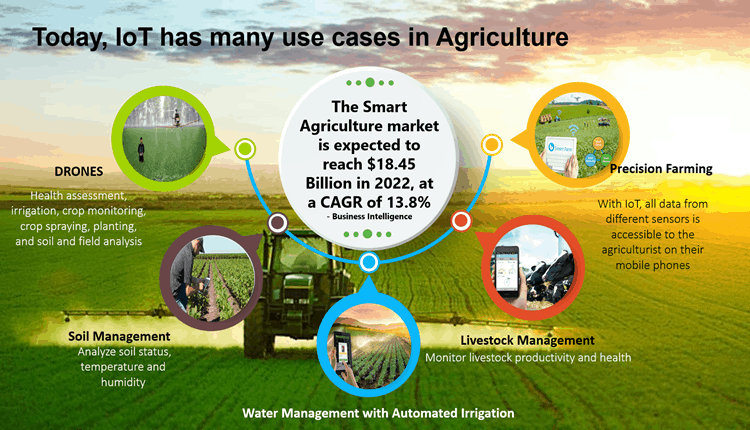In today’s fast-paced world, technology has permeated nearly every aspect of our lives. From smartphones to self-driving cars, automation and digitalization are transforming industries and making our lives more convenient. Agriculture is no exception to this trend, with farm automation becoming increasingly prevalent. However, there’s a significant hurdle that needs to be addressed in this transformation: the digital divide in agriculture.
The digital divide in agriculture refers to the gap between those who have access to and can effectively utilize digital technology in farming and those who do not. It’s a multifaceted issue that encompasses various challenges, from access to high-speed internet in rural areas to the affordability and usability of advanced farming equipment. In this blog post, we’ll delve into the challenges posed by the digital divide in farm automation and explore innovative solutions that can bridge this gap.
Challenges of the Digital Divide in Farm Automation
- Lack of Access to High-Speed Internet
One of the most significant challenges faced by farmers in rural areas is the lack of access to high-speed internet. In today’s digital age, the internet is a fundamental tool for accessing information, managing farm operations, and utilizing automated systems effectively. However, many rural areas still struggle with inadequate or non-existent internet connectivity. - Cost of Automation Technology
While automation technology has the potential to increase efficiency and reduce labor costs in farming, the initial investment required can be prohibitively high for many small-scale and family-owned farms. High costs can create a barrier to entry, preventing these farmers from adopting automation solutions. - Limited Digital Literacy
Even when farmers have access to technology, they may lack the necessary digital literacy skills to effectively use it. Operating complex farm automation equipment and software often requires a certain level of technical knowledge, which can be a challenge for those who are not accustomed to using digital tools. - Compatibility and Integration Issues
Farmers who invest in automation technology may face compatibility and integration issues when trying to incorporate new systems into their existing operations. This can lead to frustration and inefficiency, discouraging further adoption of automation solutions.
Solutions to Bridge the Digital Divide
Addressing the digital divide in farm automation is crucial for the long-term sustainability of agriculture. Here are some innovative solutions that can help bridge this gap:
- Rural Broadband Expansion
Governments and private organizations should prioritize the expansion of high-speed internet access in rural areas. Initiatives aimed at providing affordable broadband connections to farmers can significantly improve their access to digital resources and information. - Subsidies and Financial Support
To make automation technology more accessible to small-scale and family-owned farms, governments can provide subsidies or financial support for purchasing automation equipment. These incentives can help reduce the upfront costs and encourage wider adoption of automation solutions. - Digital Training Programs
Educational programs and workshops focused on digital literacy should be made available to farmers. These programs can teach farmers how to use technology effectively and integrate automation solutions into their farming practices. - Standardization and Interoperability
The agriculture industry should work towards standardizing automation technology and ensuring interoperability between different systems and equipment. This will make it easier for farmers to integrate various automation tools without compatibility issues.
Case Studies: Successful Efforts to Bridge the Divide
Let’s take a look at a few real-world examples of initiatives that have successfully addressed the digital divide in farm automation:
Case Study 1: Precision Agriculture in Iowa
The state of Iowa in the United States has invested in a comprehensive rural broadband expansion program. As a result, many farmers in the state now have access to high-speed internet, enabling them to utilize precision agriculture techniques and automated machinery effectively.
Case Study 2: Farm Equipment Leasing in India
In India, where small-scale farming is prevalent, the government has introduced a farm equipment leasing program. Farmers can lease expensive automation equipment at affordable rates, making it more accessible to those with limited resources.
Case Study 3: Digital Training in Australia
Australia has implemented a nationwide digital training program for farmers. These training sessions cover everything from basic computer skills to advanced automation technology usage. As a result, Australian farmers have become more proficient in using digital tools for farming operations.
Conclusion
The digital divide in farm automation is a complex issue that requires a multi-pronged approach to address. By expanding internet access, providing financial support, offering digital training, and promoting standardization, we can bridge this divide and ensure that all farmers can benefit from the advantages of automation technology. In doing so, we can contribute to the sustainability and efficiency of agriculture while empowering farmers to thrive in the digital age.





